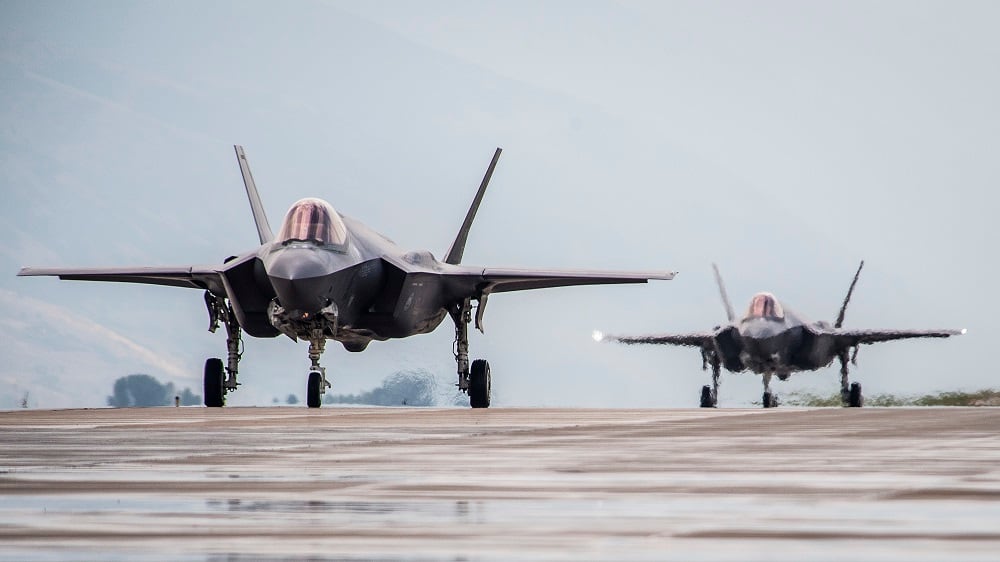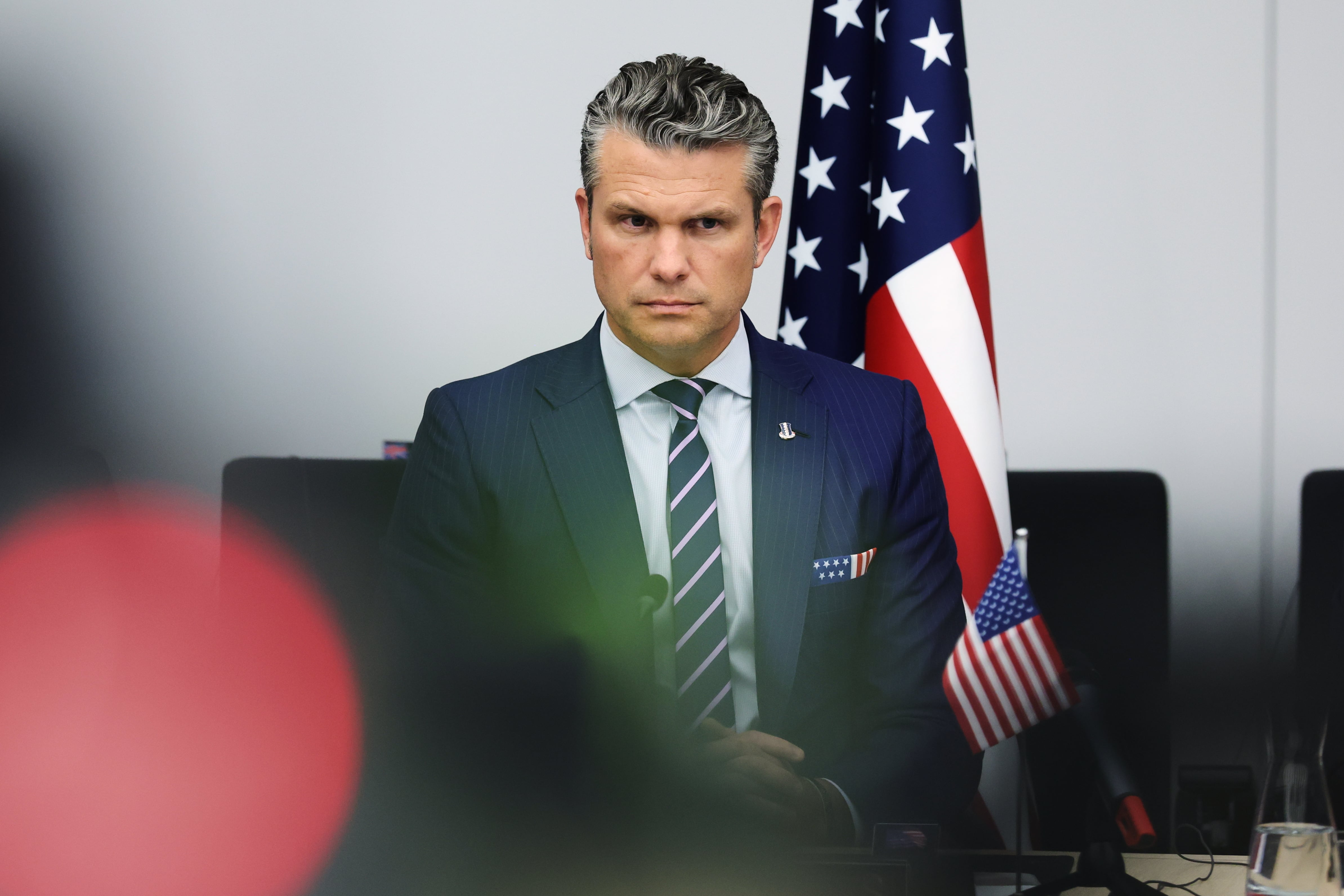WASHINGTON — President Donald Trump signed the annual defense policy bill into law Tuesday, officially establishing the 2018 military pay raise at 2.4 percent and setting the stage for increased Pentagon spending in coming months.
“This bill demonstrates our unwavering commitment to men and women in uniform,” Trump said during a White House signing ceremony, while flanked by military officials. “They are the greatest fighting force in the world, and we’re making it ever better than that.”
The nearly $700 billion authorization bill calls for a military personnel end-strength increase of more than 20,000 service members and significant purchases of new aircraft, ground combat vehicles and ships.
It also includes about $66 billion for overseas operations and upgrades to the country’s missile defense systems. Trump called it “providing service members with the tools they need to fight and win.”
While the authorization bill sets annual critical benefits authorities for the force and outlines military spending priorities, defense officials won’t be able to move ahead on the new purchases and program starts until lawmakers sort out a fiscal 2018 appropriations measure.
Those conversations are currently underway on Capitol Hill, with a deadline of Dec. 22 for a new budget measure. If a deal isn’t reached by then, either for a short-term fix or a full-year appropriations bill, funding authorities would lapse, causing a partial government shutdown.
RELATED

Negotiators are discussing a fiscal 2018 funding level for military operations of around $600 billion, below what the authorization bill has outlined. Defense lawmakers have sharply criticized those plans, saying the higher levels prescribed in their bill are what is needed to maintain force readiness.
“Congress must follow this authorization with a matching appropriation bill if we are to really rebuild our military,” said House Armed Services Committee Chairman Mac Thornberry, R-Texas, in a statement after the signing. “There is more work to do.”
The 2.4 percent pay raise is the largest for the military in eight years. It matches the expected growth in private-sector wages for next year, despite initial White House and Pentagon plans for a smaller paycheck boost.
It translates into about a $680 annual boost from 2017 pay for younger enlisted ranks, and about $1,080 a year for more senior enlisted and junior officers. A mid-career officer will see almost $2,000 a year extra under the plan.
Leo covers Congress, Veterans Affairs and the White House for Military Times. He has covered Washington, D.C. since 2004, focusing on military personnel and veterans policies. His work has earned numerous honors, including a 2009 Polk award, a 2010 National Headliner Award, the IAVA Leadership in Journalism award and the VFW News Media award.





